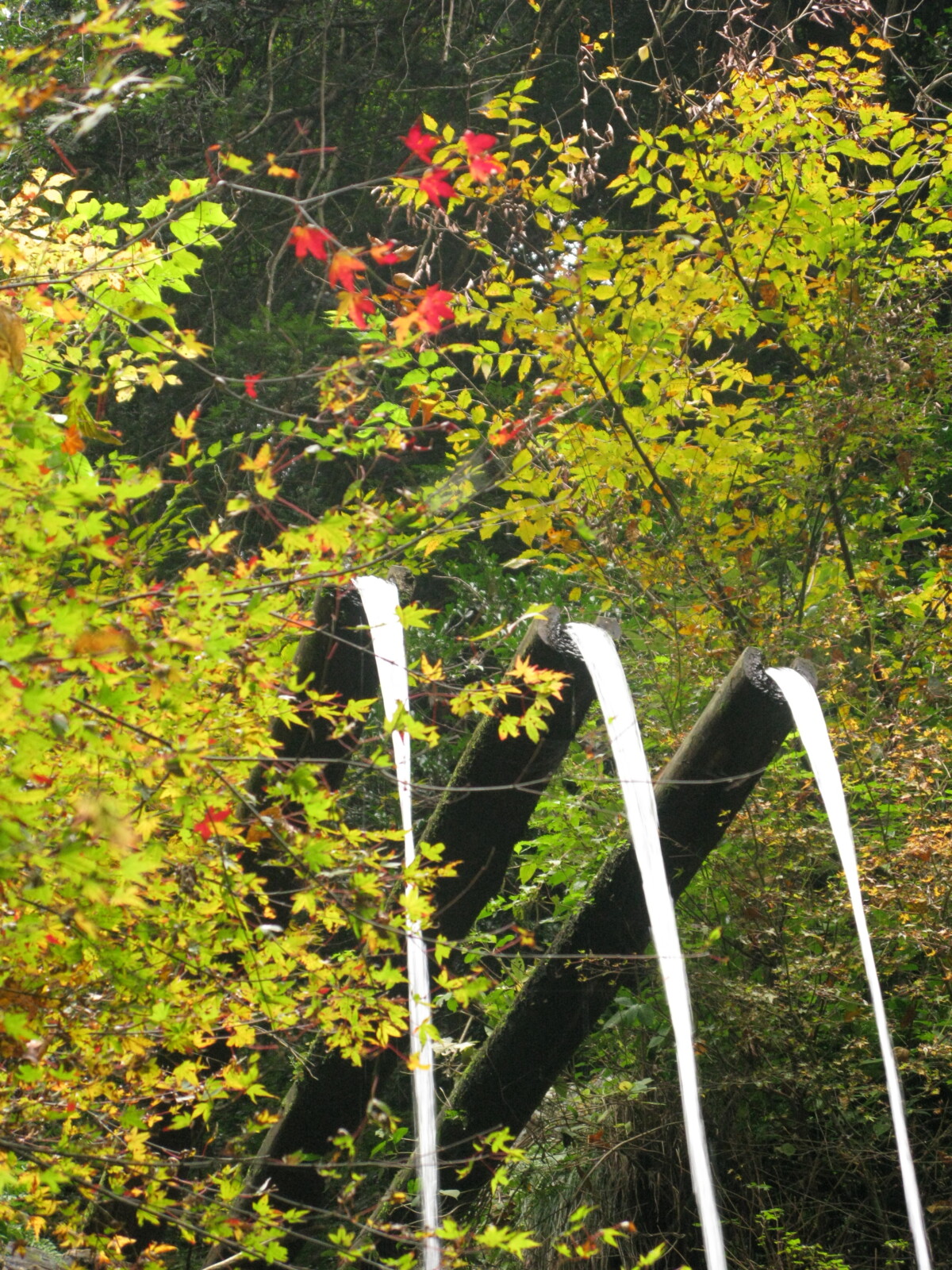
Budo Beat 39: To Everything There Is a Season
The “Budo Beat” Blog features a collection of short reflections, musings, and anecdotes on a wide range of budo topics by Professor Alex Bennett, a seasoned budo scholar and practitioner. Dive into digestible and diverse discussions on all things budo—from the philosophy and history to the practice and culture that shape the martial Way.
One of the beautiful things about Japan is that it has four distinct seasons, and each one is celebrated with genuine enthusiasm. The Japanese love the seasons with a kind of national devotion that borders on competitive. They even have special foods, festivals, and flowers for each one. I’ve lived in Japan for nearly four decades, and I still haven’t learned to love the brutal heat and humidity of summer. It feels like living in a sauna that someone forgot to turn off. But this time of year? Now this is awesome!
It’s autumn in Japan, the air is [kind of] crisp, the humidity has [kind of] finally broken, and keiko [kind of] feels effortless again. The sweat still comes, but now it cools quickly, leaving a pleasant balance between movement and stillness. Every year around this time, I find myself thinking, if only it could stay like this forever. But of course, if it did, we’d miss out on the deeper lessons that come from enduring the full cycle of the seasons, lessons that mirror the essence of budo itself.
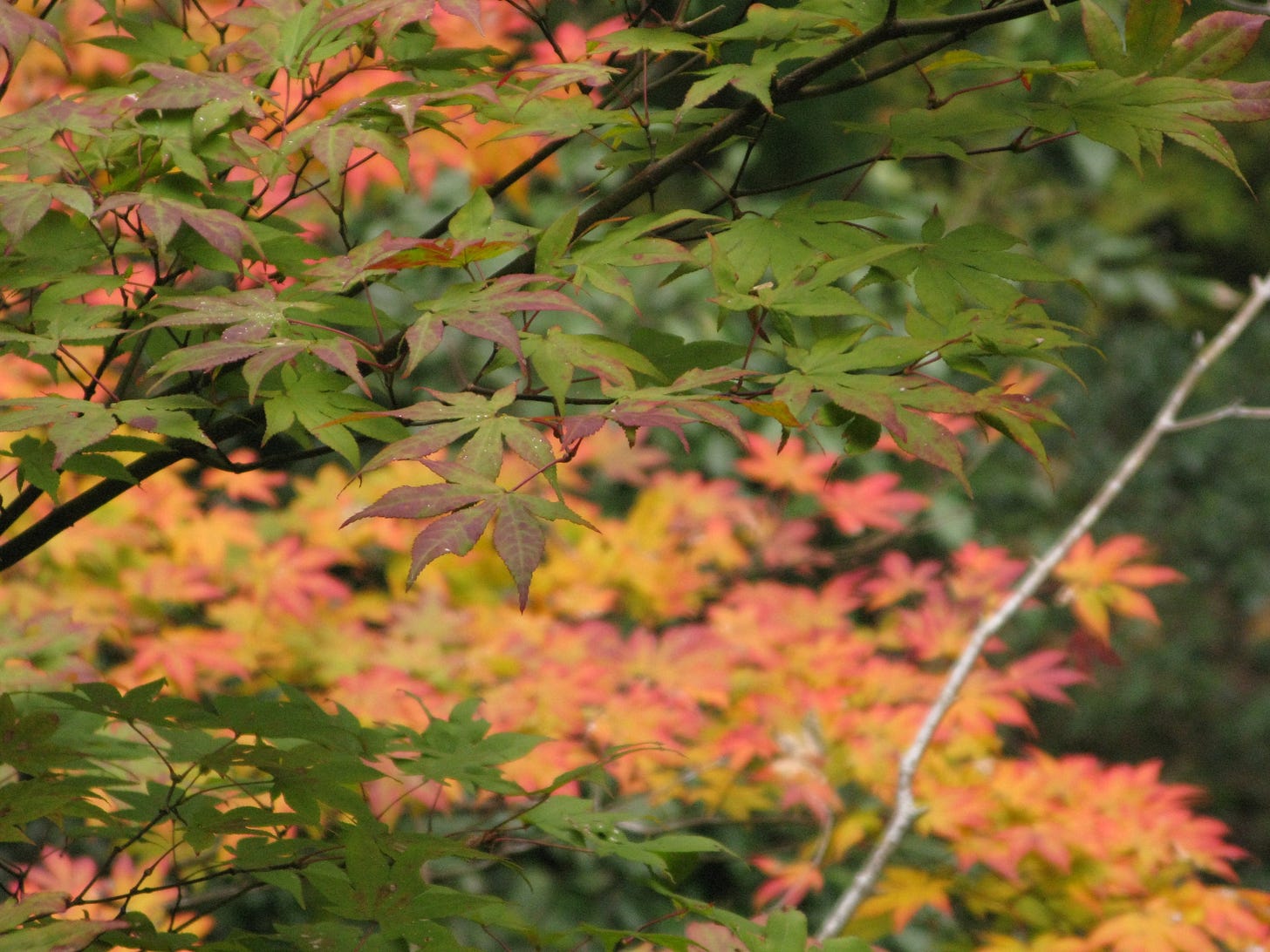
Budo, like life, doesn’t unfold in one constant state. It moves through rhythms of birth, struggle, transformation, and stillness. No single season can teach us everything. Spring’s warmth pulls us into movement again, summer tests our endurance, autumn refines our focus, and winter reminds us of quiet perseverance. These changes are not inconveniences to be tolerated, but more opportunities to grow.
I’ve been practising Kashima Shinden Jikishin Kage-ryū (鹿島神傳直心影流) for coming up to a couple of decades now, and each year, as I come to understand it more, I’m continually amazed by its profound depth. Nowhere is this interplay more beautifully captured than in the Hōjō-no-Kata (法定の形) of the Jikishin Kage-ryū . Though the kata is not meant to be the focus of my reflection in this blogpost, its four seasonal forms serve as a seriously elegant metaphor for how our environment shapes our spirit and practice throughout the year. It’s like Vivaldi with a whopping big wooden sword.
I suggest watching the four forms in the Hōjō kata demonstrated here by Ōmori Sōgen and Terayama Tanchū before reading my explanation below, then watching again afterwards.
Spring, the first of the four kata in the Hōjō-no-Kata sequence, which then flows through summer, autumn, and winter: Seizing the Initiative
In Japan, spring is full of anticipation, the bursting of buds, the smell of rain on the earth. In the Hōjō-no-Kata, spring corresponds to Hasso Happa (八相発破), the moment of kisen o seisuru (機先を制する): controlling the initiative. After the long dormancy of winter, spring teaches us to act, to move before hesitation settles in. In budo, it’s the energy of renewal, of rediscovering intent and courage. The pace of the kata is lively, and the kiai bursts forth like the first blossoms after frost. In practice, it reminds us that hesitation is the enemy of growth. Whether striking an opponent or starting a new chapter in life, spring tells us to trust the first spark and let the body follow the heart.
Summer, the second kata following spring in the sequence: Cutting Through Difficulty
Summer brings heat, intensity, and exhaustion. The kata’s second form, Ittō Ryōdan (一刀両断), captures this nicely: “Beneath the raised sword lies hell; step forward and it becomes paradise.” This is the season of endurance, when every keiko feels like a trial. But it is also when we learn resolve, the ability to push through discomfort, to cut through confusion and fear with clarity and purpose. The kiai in summer roars with fire, burning away hesitation. The heat itself becomes a teacher. When you’re drenched in sweat, feet sliding on the dojo floor, you realise that comfort was never the goal. You push forward because that is what training, and life, require.
Autumn, the third kata: Adapting to Change
By the time we reach autumn, the lessons of spring and summer have settled into maturity. The air clears. The body relaxes, movements become sharper, and the mind settles. This season corresponds to Uten Saten (右転左転), meaning to turn right and left, to adapt. Autumn teaches us rinki ōhen (臨機応変), the flexibility to respond to change without losing centre. In practice and in life, it’s the time when lessons take root, when we can finally observe ourselves without distraction. Autumn’s breathing is measured but unpredictable, like the shifting winds and sudden rain showers of the season. It reminds us that balance doesn’t mean rigidity. Instead, it means learning to flow with the changing rhythm of things. Just when the heat has faded and the chill begins to creep in, you find yourself moving more efficiently, your spirit calm but very much alive.
Winter, the fourth and final kata closing the full cycle of the Hōjō-no-Kata: Transcending Life and Death
And then winter comes. The cold stillness of Chōtan Ichimi (長短一味), “the oneness of long and short,” reminds us that the eternal exists only in the now. It’s the quiet season of reflection and regeneration. The dojo grows colder, the breath visible in the air, and yet the heart of budo burns steadily beneath it all. It’s here that we learn not to be swayed by circumstance. Winter’s kiai is different from the rest: it is quiet, restrained, and resolute, like snow falling on the pine branches. The silence teaches as much as the sound.
Beyond the technical movements, the pace, breathing, kiai and spirit in each kata shift to mirror the character of its season. Spring’s energy bursts forth like blossoms about to bloom, quick, vibrant, and full of life. Summer’s kiai roars with the fierceness of heat, pushing the body and mind to their limits. Autumn moves almost erratically, reflecting the shifting winds and sudden changes in the climate, demanding adaptability and composure. Winter’s rhythm slows, its breath barely audible, quiet and calm. Together they form a living cycle that keeps us honest. The seasons strip away the illusion of control and remind us that budo is about rhythm, not perfection. I am so lucky I fell into this classical budo school when I did. It just keeps giving, year after year.
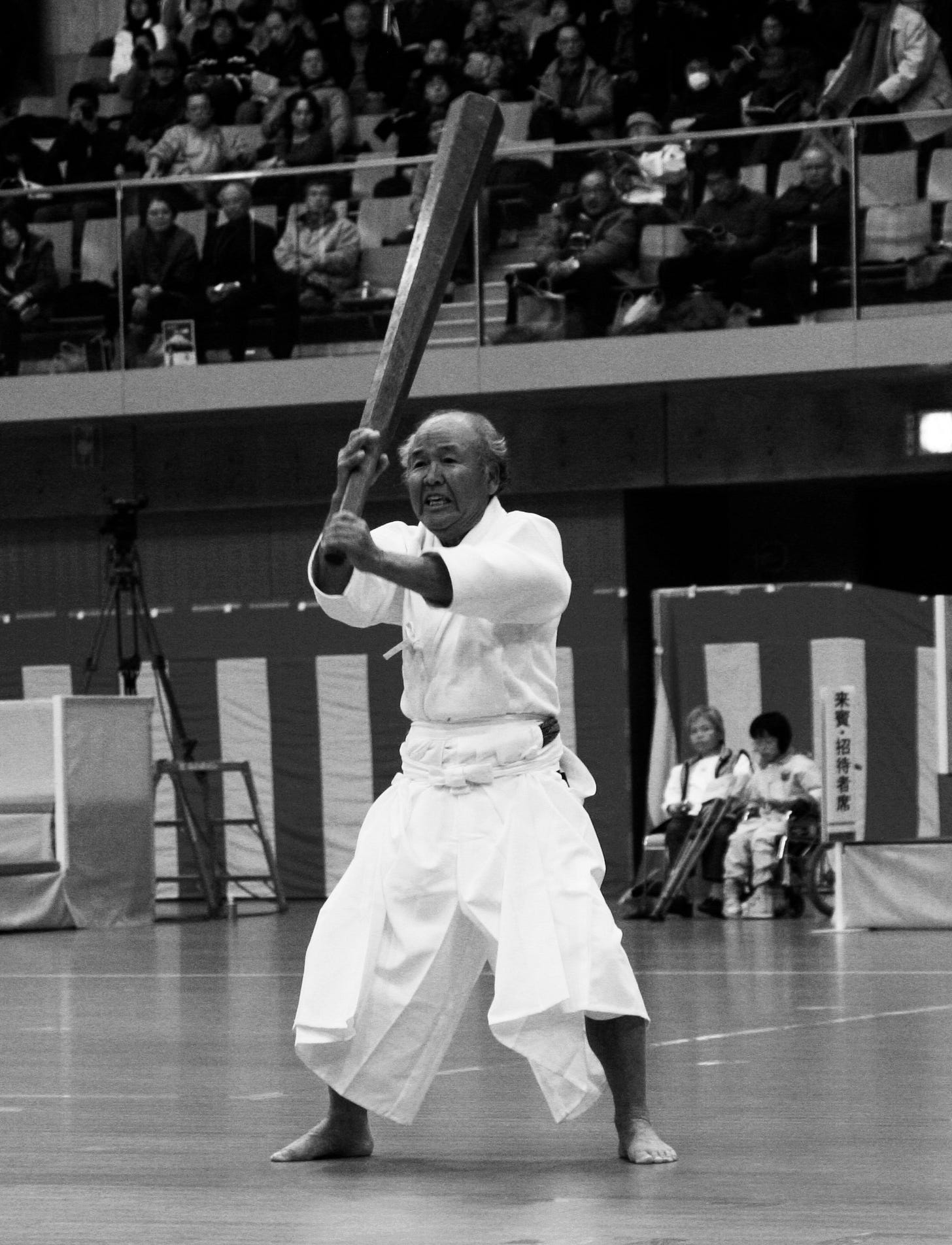
In keeping with this seasonal awareness, budo practitioners in general have long held the traditions of kan-geiko (寒稽古) and shochū-geiko (暑中稽古). Kan-geiko is winter training, often held before dawn in the coldest months. (Check out a previous blogpost about kan-geiko here.) The breath steams in the air, bodies tremble at first, bare feet stick to the frigid floor, but the spirit soon steadies. The goal is not simply endurance, but cultivating calm and strength in adversity. In contrast, shochū-geiko takes place in the disgustingly sweltering summer heat, when every movement is soaked in sweat and the air feels unbearably heavy. Yet practitioners still push through, learning to conserve energy, regulate breathing, and maintain focus even when comfort disappears. These seasonal extremes test resolve and character; they remind us that budo training adapts to nature rather than resisting it. To fight against the climate is pointless. To work with it is wisdom.
The thing about budo, and perhaps about life in general, is that the moment you start wanting only the easy parts, you stop learning. Every bead of sweat, every shiver in the cold morning, every humid breath in midsummer, teaches something about yourself. If it were autumn all year, the keiko might be pleasant, but it would be bland. The seasons, like the kata, make sure we don’t just train the body, but the spirit that carries it through the years.
Jeez, I sound pompously philosophical here, don’t I? The truth is, I hate getting out of my warm futon in the winter, and more so dread the daily sweltering summer sweat fests. Still, when I think back on my own training, the memories that stand out are not the comfortable ones. I think it’s fair to say that these moments taught me more than any minor technical correction. They taught patience, humility, and appreciation for the small reprieves that follow hardship. That is the real beauty of the seasons in Japan. They make you notice. You feel the shift in the wind, the smell of rain, the sound of cicadas fading into the rustle of autumn leaves. Each change of season becomes a teacher in its own right.
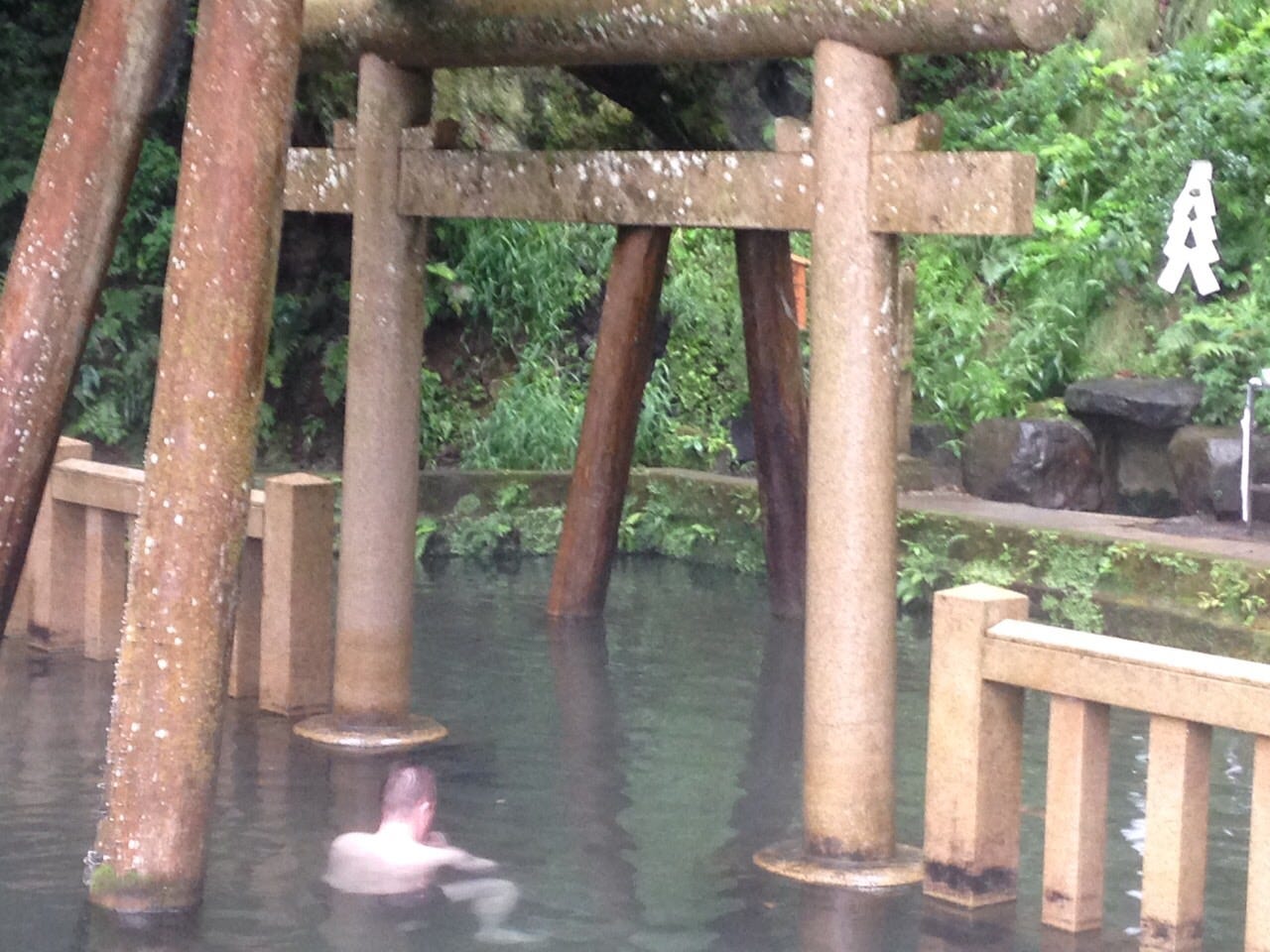
Perhaps that’s why the Japanese have always found poetry in the mundane and spirituality in the everyday. The same philosophy runs through budo. You don’t fight the seasons. You move with them. You learn from their rhythm. And if you pay close enough attention, you might discover that what you are really training is not your technique or even your endurance, but your capacity to be alive to the moment, no matter what season you’re in. But still, I like NOW the best! I’m only human, after all.






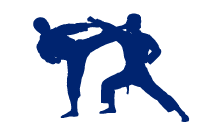






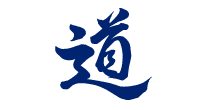
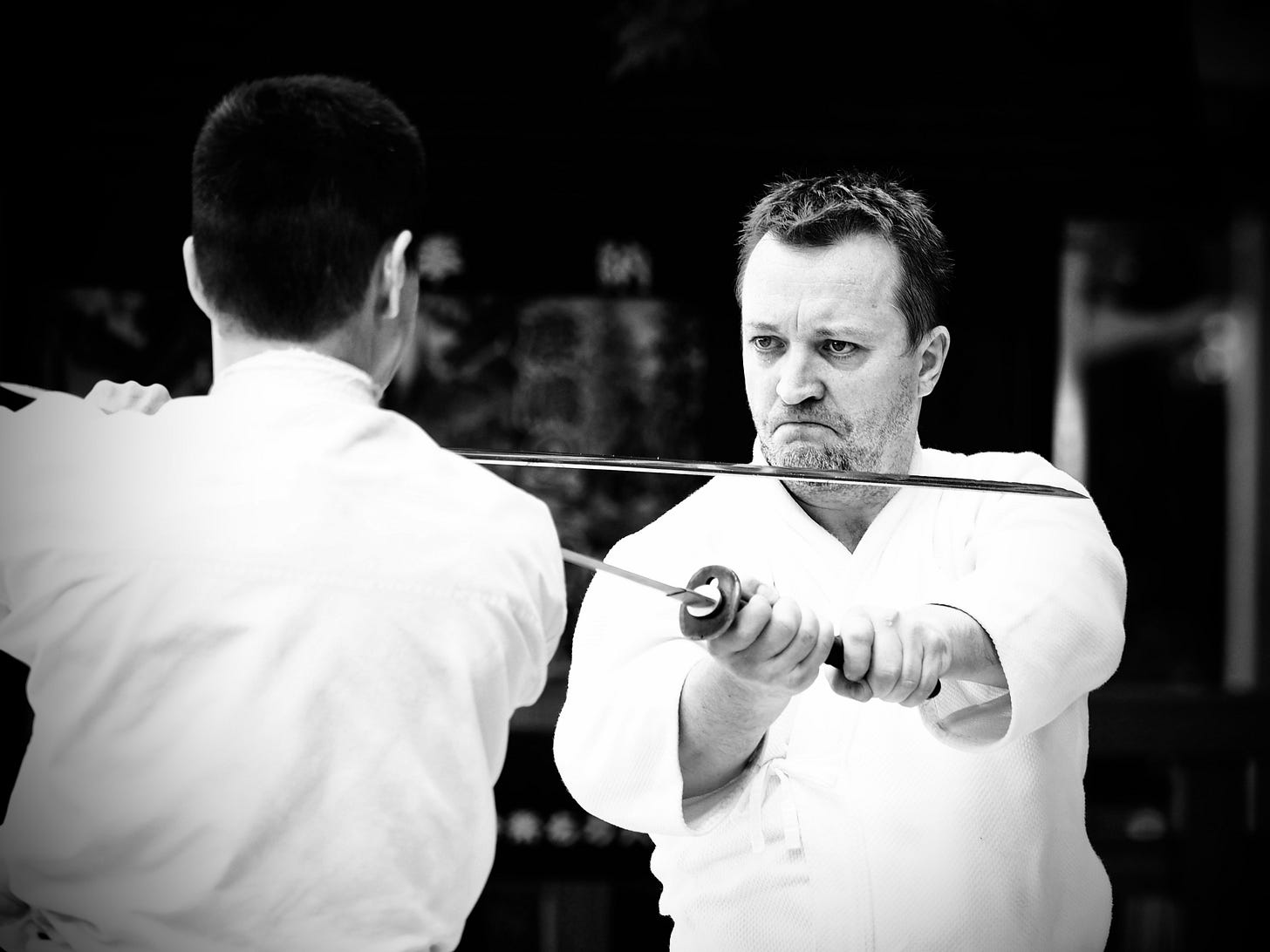

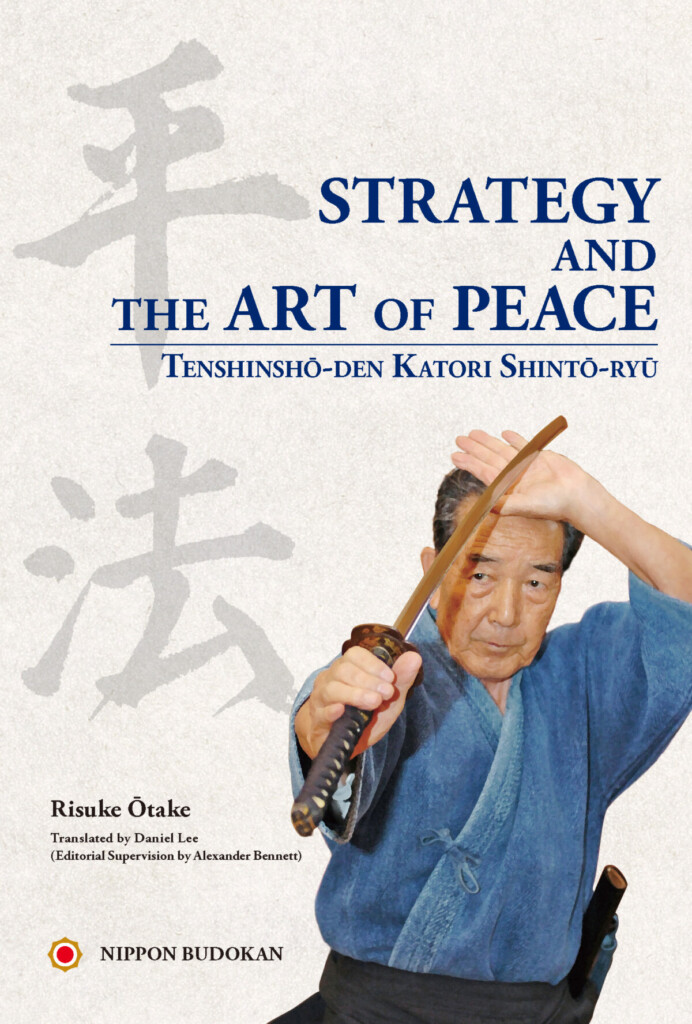
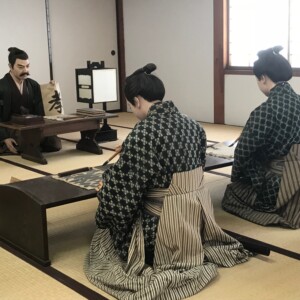
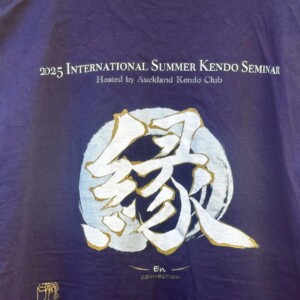
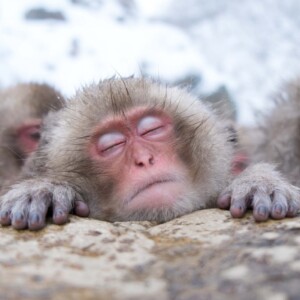

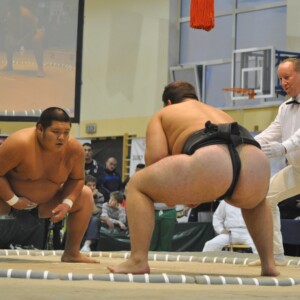
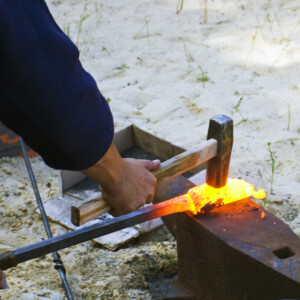
No comments yet.